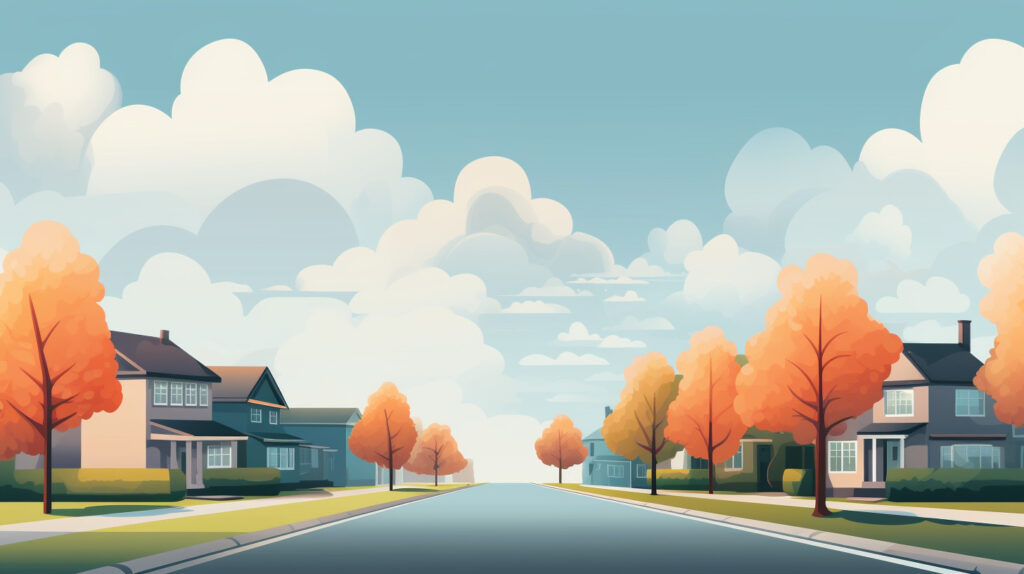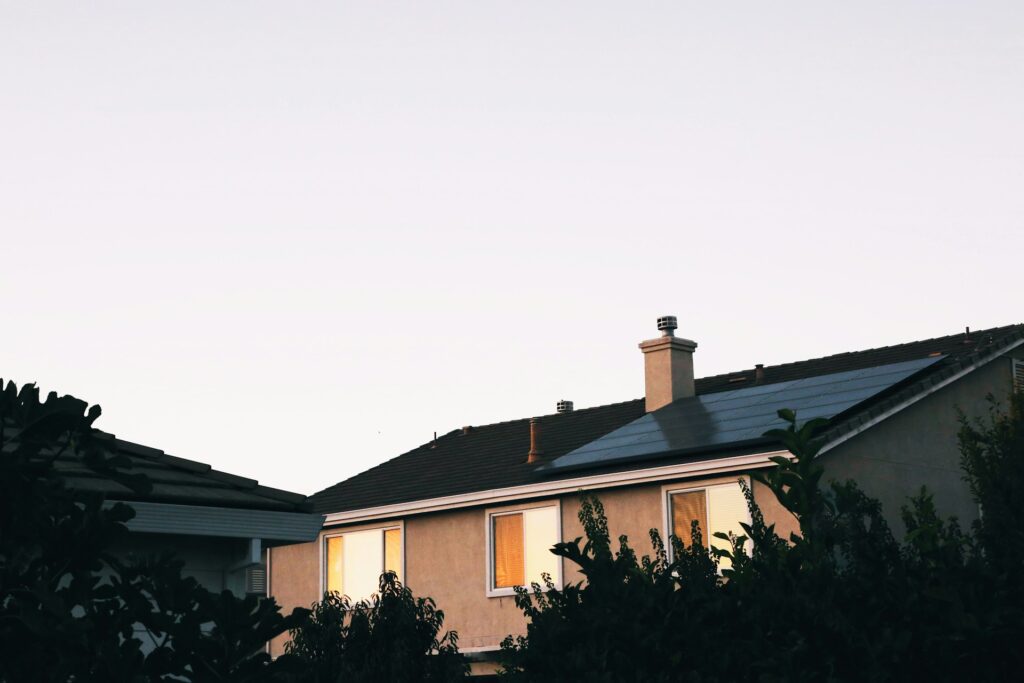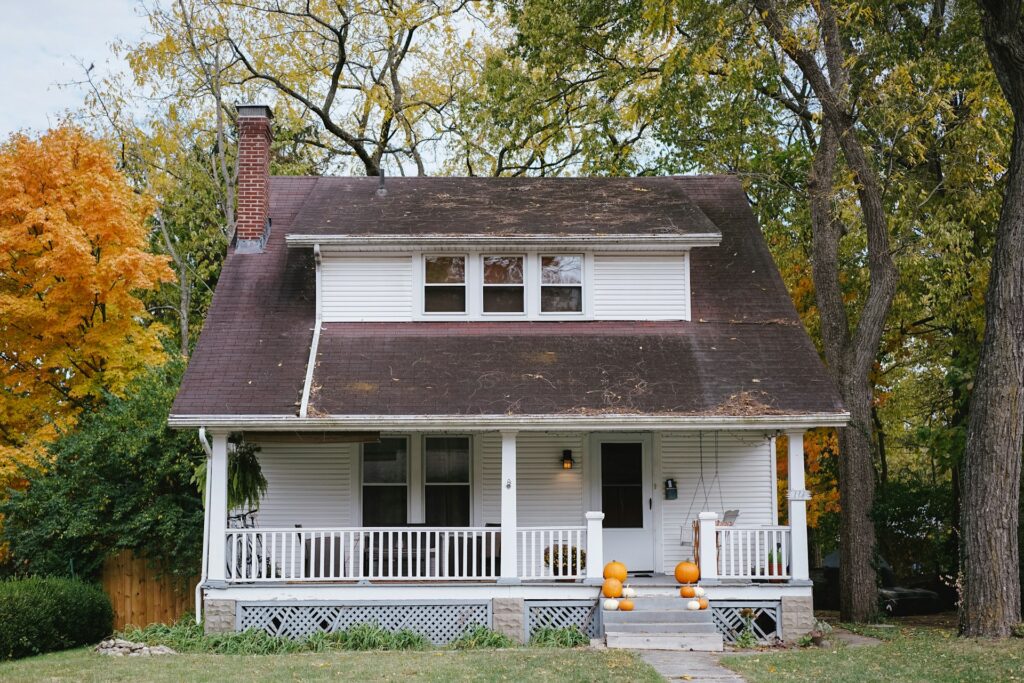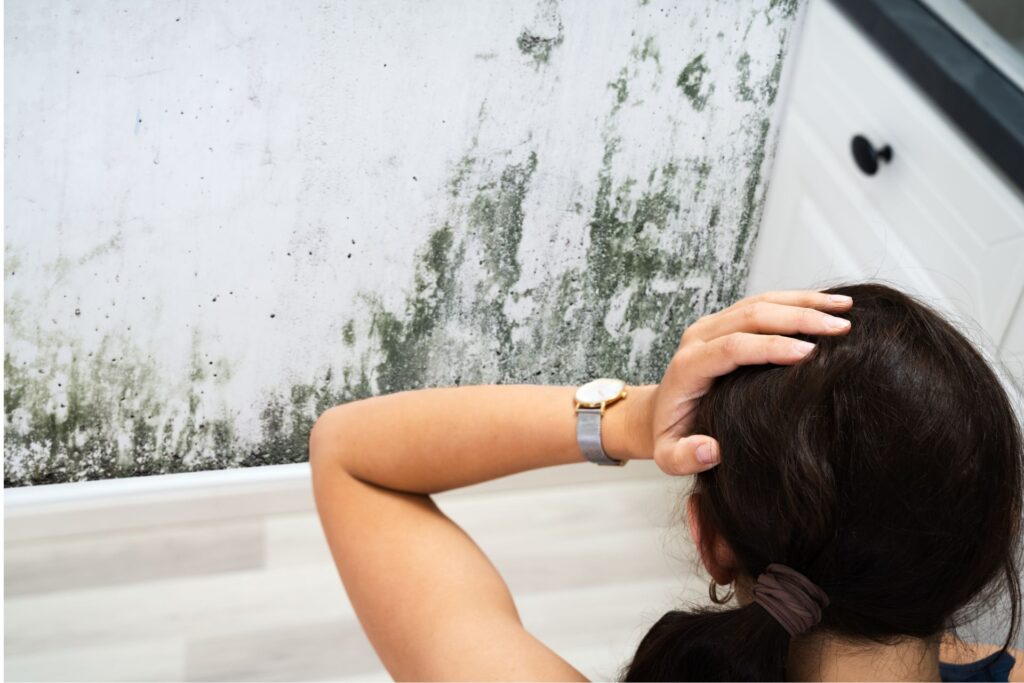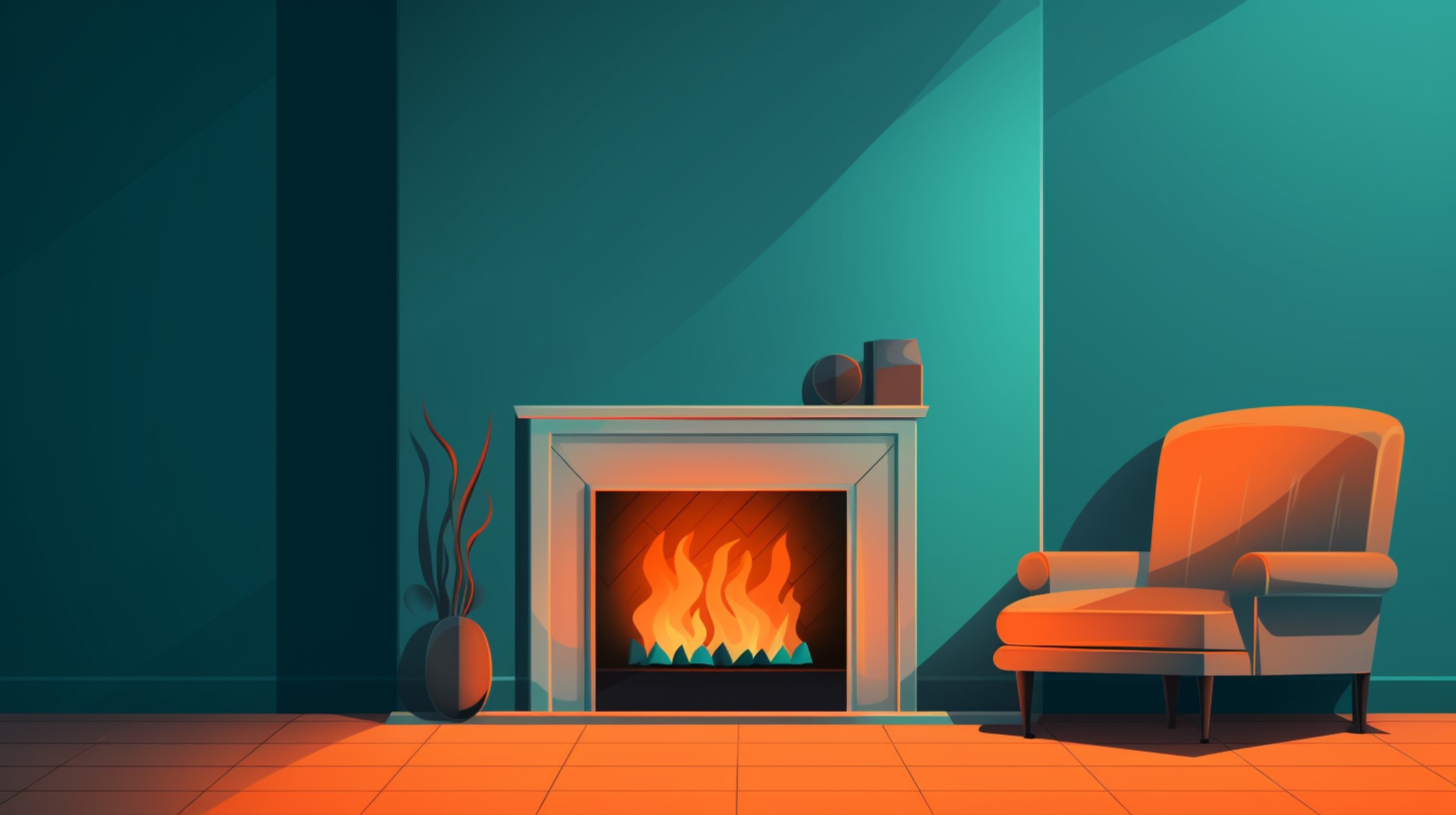
We are reader-supported. When you buy through links on our site, we may earn an affiliate commission.
A house fire is one of the most life-shattering events you can experience. Everything you rely on for daily existence can disappear in minutes. What can you do to improve fire safety in your home besides ensuring you carry adequate insurance?
Fortunately, you can take proactive steps to lower your risk. It begins by taking an audit and ensuring you cover the 15 bases outlined below. Here’s how you can improve fire safety in your home.
Things You Should Own to Promote Fire Safety in the Home
Improving fire safety in the home begins by ensuring you have the right devices on hand should disaster strike. Here’s what each castle should contain.
1. Smoke and Carbon Monoxide Detectors
Please install smoke detectors and test them every month to ensure they’ll wake you from your sleep if a fire breaks out. Additionally, install carbon monoxide detectors. Many of today’s devices do double duty, but take the time to check. Over 200 people die each year from this odorless gas, which appliances like furnaces and room heaters can emit.
2. Fire Extinguishers
Water won’t douse all blazes. Ensure you have a fire extinguisher, inspect it monthly and test it once per year to keep it in working condition.
3. Escape Ladders
If your home has two or more stories, you need escape ladders in case fire blocks your stairways. Practice using them, especially if you have young children who fear heights.
4. Go Bags
A well-stocked go-bag is a godsend in an emergency. Yours should contain:
- Copies of crucial documents: You can keep banking, credit card and insurance info on a flash drive or secure cloud storage.
- Medications: You should have a first-aid kit and a 3-day stash of prescriptions.
- Spare clothing: Prepare for various weather conditions, as you don’t know how long you may need to remain outdoors.
- Hygiene items: Being able to brush your teeth is a valuable connection with your humanity in an emergency.
5. Yard Equipment
Improving fire safety in your home refers to your landscaping, too. The right shovels, hoes and trimming devices keep flammable debris at bay.
Avoiding Common Fire Safety Risks in the Home
Another aspect of improving fire safety in the home entails avoiding common risks. Here’s what to do — and avoid.
6. Practice Space Heater Safety
Portable heaters provide comfort in small spaces, keeping you cozy if your family prefers lower temperatures. However, you must use them wisely, as they present home fire safety risks. Follow these guidelines:
- Buy only certified devices with the UL, ETL Intertek label or CSA International Certification.
- Place heaters on a flat, immovable surface like the floor, not a tabletop.
- Keep three feet clear around the device.
- Turn off the heater when you leave the room.
- Don’t use space heaters in children’s rooms or workshops containing paint or other combustible materials.
- Don’t plug another device into the same outlet, as it can overload it and spark a blaze.
7. Blow Out the Candles
Scented candles make your home smell more pleasant. However, you should always extinguish them before leaving the room. Better yet, use candle warmers to prevent open flames.
8. Inspect Your Cords and Devices
Frayed cords and malfunctioning devices can spark blazes. Inspect these regularly, replacing any with frayed or damaged cords or taking non-working gadgets in for repair. Ensure you have GFCI outlets in bathrooms, kitchens and garages — anywhere there is a water source.
9. Fireproof Your Kitchen
Cooking fires are among the top home fire risks. Ensure your pans have lids, and keep one handy when at the stove. If a fire erupts in a pan, cover it and wait for it to cool before attempting to move it. Never use water in a grease fire. For oven fires, you should turn off the heat and keep the door closed. If either fire appears out of control, evacuate and call for help.
Additionally, you should take the following precautions when arranging your kitchen and using the stove:
- Keep anything flammable, including oven mitts, away from the stove.
- Turn pot handles to face backward to avoid accidental snags — and deter children’s curious fingers.
- Stay at the stove while cooking. A surprising number of fires erupt after putting something on to boil, lying down briefly and falling asleep.
10. Practice Smoking Safety
If you still smoke, you can use free resources to help you quit. However, if you choose to continue, please follow these fire safety tips to protect your home:
- Never smoke in bed. Preferably, smoke outside, using a deep, sturdy ashtray.
- Never smoke near medical oxygen or other flammable materials like paint.
- If you vape, follow safety rules, as batteries can explode, causing fires.
- Lock up your lighters and matches if you have small children in the home.
11. Keep Chimney Clean
Finally, chimney fires present a considerable risk, as dangerous build-up of creosote can occur. Have yours cleaned once per year, possibly more often if you use it daily.
Preventing Wildfire Risk: Outdoor Fire Safety for Your Home
Climate change has ushered in stronger wildfires, and promoting fire safety in your home includes improving your landscaping to deter the risk. Here’s what to do.
11. Clean Your Gutters
That buildup in your gutters presents a dual fire risk. It can cause water to back up on your roof, entering your walls and sparking electrical blazes. If dry, it serves as tinder to carry wildfire flames onto your roof. You should clean your gutters twice a year, hiring a service if your home is two stories or more.
12. Clear the Ground
You should maintain three feet of ground clearance around your home to deter fire spread. Place landscaping, woodpiles and storage containers further away from the structure. The idea is to create a defensible space within which flames cannot find ready fodder.
13. Trim Your Trees
You should keep the lower limbs of solitary trees trimmed for the first six feet off the ground. Place trees at least 30 to 100 feet away from your home to prevent fires from leaping from upper branches onto your roof.
15. Screen Your Vents
Hot embers can find plenty of soft fabrics to ignite if allowed in your home. Screen your outdoor vents to prevent them from entering.
Practice Evacuating Your Family in an Emergency
Your final step in promoting fire safety in your home is to practice your evacuation procedures. You should have at least two routes of egress from each room — remember those emergency ladders for your upper floors. If your children fear climbing down them, make it an adventure. You can use a crash pad such as those used in bouldering to cushion falls.
Reduce Your Burn Risk With These Fire Safety Tips for Your Home
Practicing fire safety in the home protects you and your family. Rebuilding after such an event is hard, and insurance can’t replace everything.
Reduce your burn risk by taking these steps to improve fire safety in your home. Use this article as a guide to do an audit now, identify areas you need to correct and take proactive steps to protect those you love.


